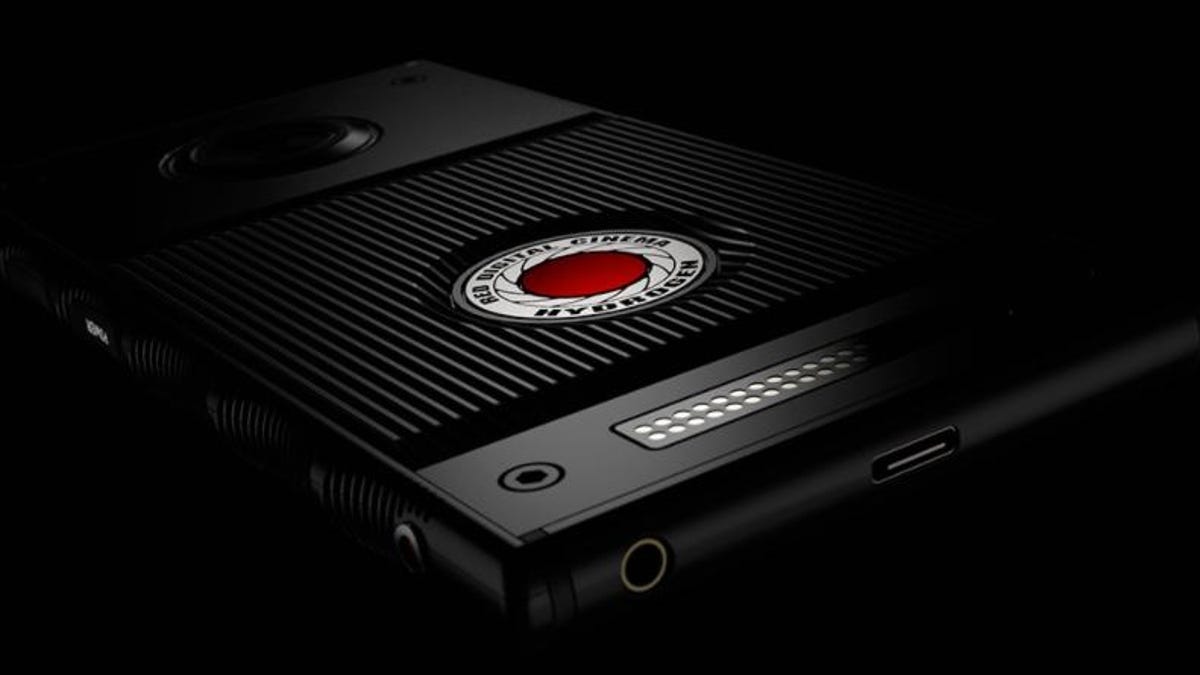This 'holographic' Android phone wants to wow you
Can the Hydrogen One succeed where others failed?

The 5.7-inch Android phone starts at $1,200. NBD.
When I first saw that pro camera maker Red was making a holographic phone, I imagined it might beam the holograms of my Star Wars dreams, like the iconic moment when a holographic Princess Leia asks Obi-Wan Kenobi for help.
No such luck.
The Hydrogen One doesn't create that type of sci-fi hologram; it has what Red is calling a holographic screen, one that will show you 3D images in addition to the usual 2D graphics you see on a typical phone display.
Red sees this as an opportunity to jump on the slowly-but-surely-growing AR and VR trend by promising that its phone display will support interactive media -- like videos and games -- in both landscape and portrait modes. It calls the Android phone a holographic media machine.
Red isn't saying all that much about the phone's screen tech at this point, or the cameras the phone might use to also record "holographic" media. But I would point out that this isn't the first time we've seen companies experiment with 3D content on the screen. LG and HTC both did in 2011, followed by Amazon's spectacular failure of its gutsy 3D Fire Phone (with four tracking cameras) in 2014. Were those handsets just ahead of their time?
Red's Hydrogen One is nothing but niche at this stage. We know that it'll run some version of Android, have a 5.7-inch screen, a USB-C charger port and expandable storage (plus, a special token for early ordering). Other specs are up in the air, and Red warns that they, and the phone's design, might change at any time.
But it's still accepting $1,200 for the aluminum version and $1,600 for a titanium Hydrogen One, both expected to ship in early 2018. (That converts to about £926/£1,234 or AU$1,581/AU$2,109.)
Intrigued?

